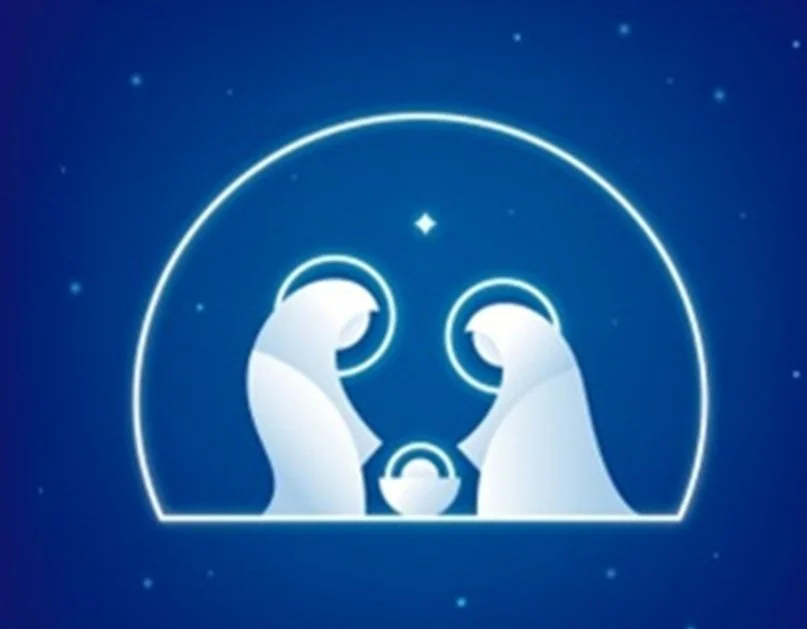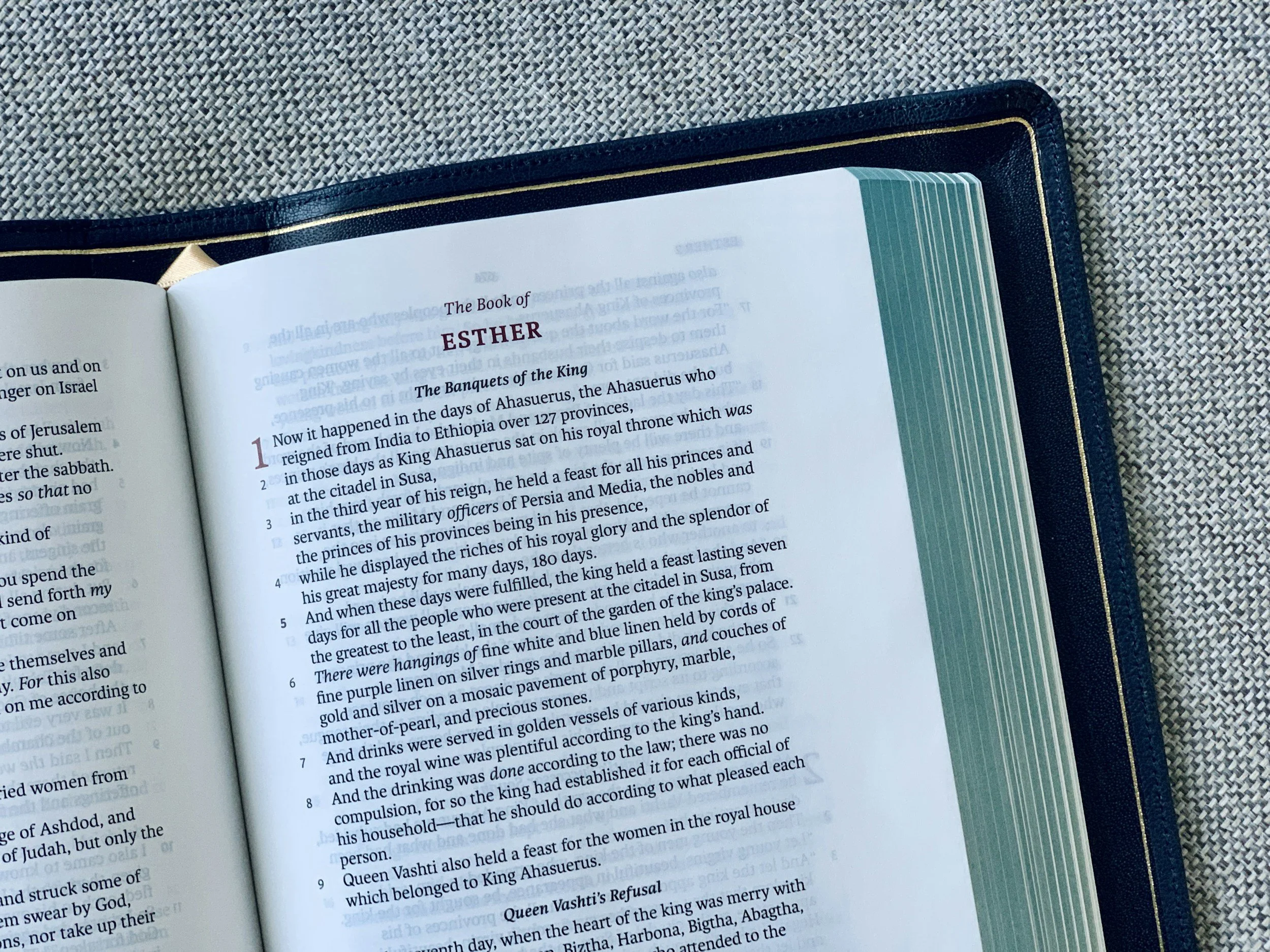Readings: 1 Samuel 2: 18-20, 26; Psalm 148: Colossians 3: 12-17; Luke 2: 41-52
I want to go back to a Christmas 48 years ago. Libbie and I were in Cooma with her family for Christmas. Our daughter, Rowena, was not yet 1. A few days after Christmas Day we all decided to drive up into the mountains for a family picnic. There were three cars and as Libbie’s father then worked for the Kosciuszko National Park, he had a key to all the locked roads. We drove up over Schlink Pass to an old Snowy construction hut named the Schlink Hilton. It’s still there today. It was very windy, so we decided to have our picnic in the hut – and a very good time was had by all eating and drinking good things. We loaded up the cards and started down the road. We looked around in the car – where was Rowena!? We couldn’t see her. So, we returned to the Schlink Hilton and found her straight away – sleeping peacefully in her bassinet in one of the rooms at the back of the hut so we didn’t disturb her during lunch. We can relate to the sinking feeling Mary and Joseph must have had when they can’t find their son, who, it must be said, has grown rather rapidly. We celebrated his birth only four days ago, and here he is at twelve years. I commented the other day that one could be forgiven for thinking that the Lectionary seems all over the place in the Advent and Christmas seasons. Next Sunday we’ll be back with the infant Jesus and the wise men as we celebrate Epiphany.
We’re in an in-between time, between Christmas and New Year; caught between the hope to keep the spirit of Christmas all year round and the often-fruitless compiling of New Year’s resolutions. What might we take from the readings today. Firstly, this is a very human story – something we can relate to – Mary and Joseph’s faithful observance of an important festival, the travel, the concern when they can’t find their son, the search, the relief when he is found, the admonition; “We’ve been looking for you for three days, What on earth do you think you were doing?”; the precociousness, even arrogance of youth, “Why were you looking – didn’t you know I must be here”. If at Christmas we are caught up in divine mystery – messages from angels to not be afraid, heavenly hosts singing “Glory to God in the highest” the willing participation of Joseph and Mary in God’s purposes, the wonder of the shepherds, in this story we’re very much reminded that Jesus is human – just like us. Do we not say in the Creed every Sunday that Jesus” by the power of the Holy Spirit was incarnate of the Virgin Mary, and became fully human”?
In looking at the readings from Samuel and in the Gospel, I think there is another aspect too. In them, we have the descriptions of two young men, both of whom were contemplating their future lives and vocations – Samuel, who becomes a great prophet, and Jesus, the son of Mary and Joseph, and God with us. In fact, Luke weaves images from the story of Samuel into his story – Hannah, Samuel’s mother is barren, just like Elizabeth, the mother of John the Baptist. The Song of Mary has many similarities to the Song of Hannah, and as we’ve read this morning Samuel grows “in stature and favor with God and with the people” and Jesus increases “in wisdom and in stature and in divine and human favor.”
Surely rowing in wisdom and stature is one thing we can take from both readings. Some commentators talk about Jesus physical stature. I don’t think Luke means that at all myself. Jesus grows naturally. What is being described is stature of a different kind. One commentator writes of “stature,” or largeness of spirit, that is, how much of the world in its wonderful variety and challenging contrast or the nuances in various situations you can embrace without losing your personal centre. Persons of stature, he writes, have large images of God and God’s presence in our lives, and see God’s work on a vast cosmic canvas, rather than simply focused on the earth and human beings and individual salvation. People of stature in religion, politics, and business, look beyond their own interests and even the interests of their community and country to the good of the whole. We can think of people of ethical or spiritual stature - and don’t we need them now, both nationally and internationally!
Jesus’ experience in the temple can serve as a model for growing in wisdom and stature. On the verge of adulthood, Jesus is drawn to the temple for theological reflection and questioning. Attracted, lured even, by the opportunity to share in the wisdom of his faith, he forgets all about his parents and the rules of his household. Like his later forty-day spiritual retreat in the wilderness, Jesus’ three days in the temple were a pivotal point in his spiritual growth, and they are a guide for our own spiritual growth. Jesus grew in spiritual stature by claiming his faith tradition faithfully and then extending its boundaries to new horizons. Growing in wisdom and stature calls us to take our own faith seriously enough to study the scriptures, wrestle with traditional theological doctrines, explore new images of God, Christ, and salvation, and spend time in prayer, meditation, and service. A growing faith is not accidental but requires going regularly to our own “temple” – both physical and spiritual, I would suggest to listen, to ask, and to share.
As Christians, we are called to be people of spiritual stature; or you could say “large-souled persons.” In Philippians, the apostle Paul describes this in terms of having “the same mind that was in Christ Jesus.”[1] Colossians provides similar guidance for those who wish to embody Christ in thought, word, and deed. “Clothe yourselves with compassion . . . clothe yourselves with love.”[2] In other words, let your face to the world be one of love in action. To have the mind of Christ is to see Christ in everyone and treat everyone as if he or she is Christ’s beloved son or daughter.
Colossians also counsels us to “Let the word of Christ dwell in you richly.”[3] Take time to listen to Christ’s presence within you in times of prayer and meditation. In every moment of life, the word of God wells up within us. God is always inspiring us, if we open our spirits to God’s leading. Through our prayer, worship, study, and reflection we hear and respond to that inner word of God.
What we need at the turn of the year is greater “stature.” So on this “low” Sunday, we can commit ourselves to a “high” spirituality. We can commit ourselves to daily practices so we increase in stature – to daily meditation, to hospitality and welcome, to a growing understanding of God through study, and to service that changes the world. Then, we will grow with Jesus, and we will feel the spirit of the incarnation throughout the year, for we will, “grow in wisdom and stature and favor with God and humankind.”
© Rev’d Bill Crossman
[1] Philippians 2:2
[2] Colossians 3: 12-14
[3] Colossians 3:16
















